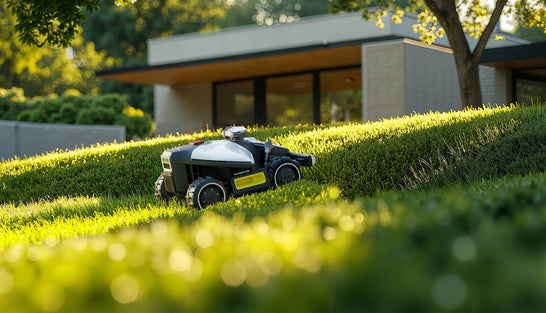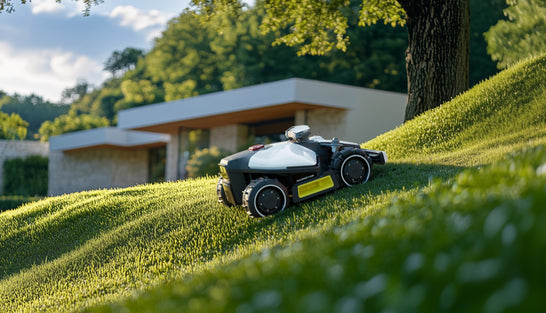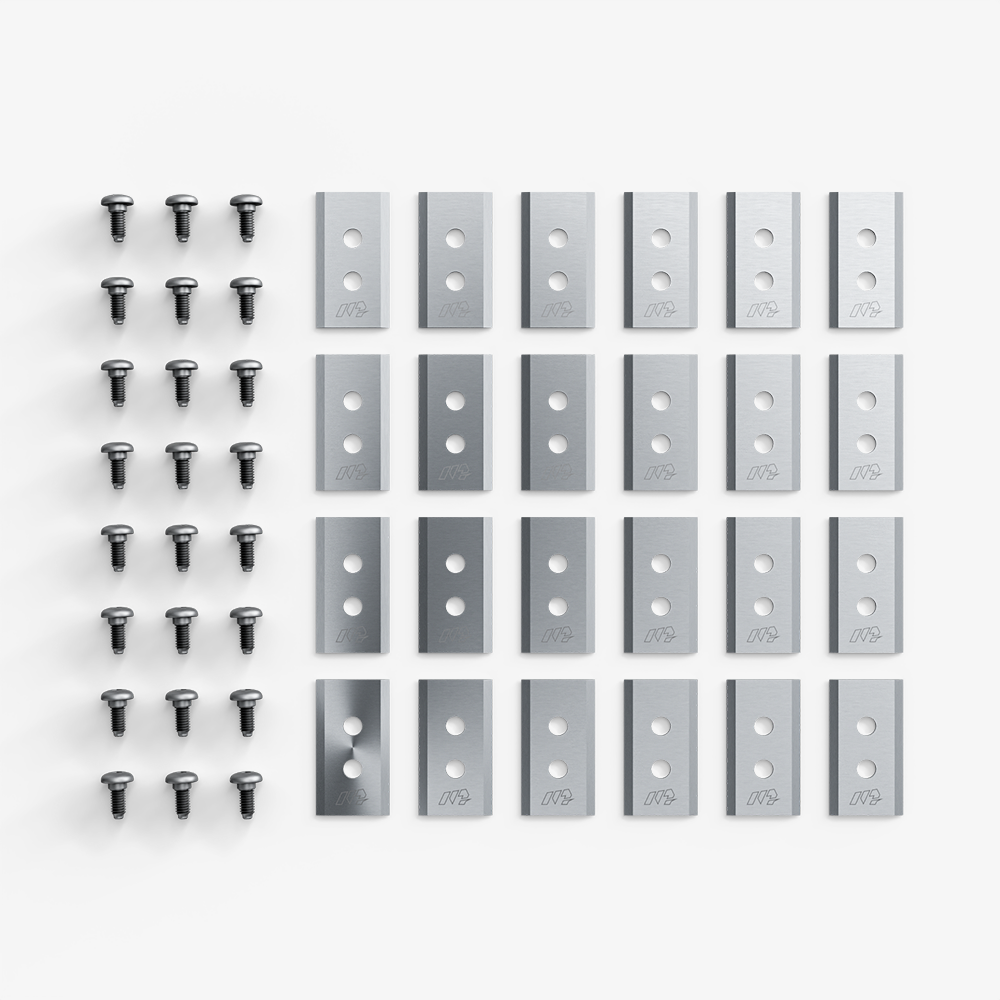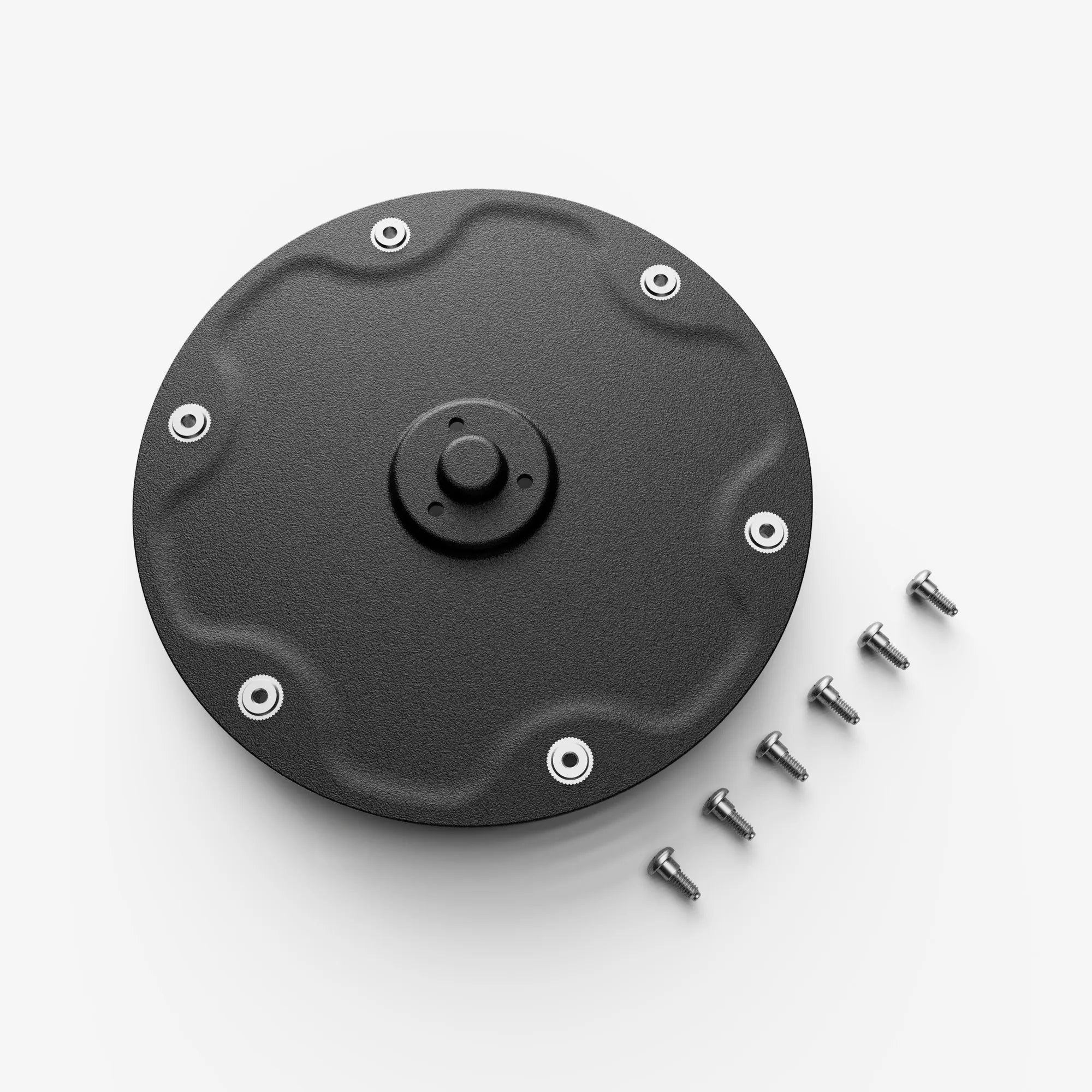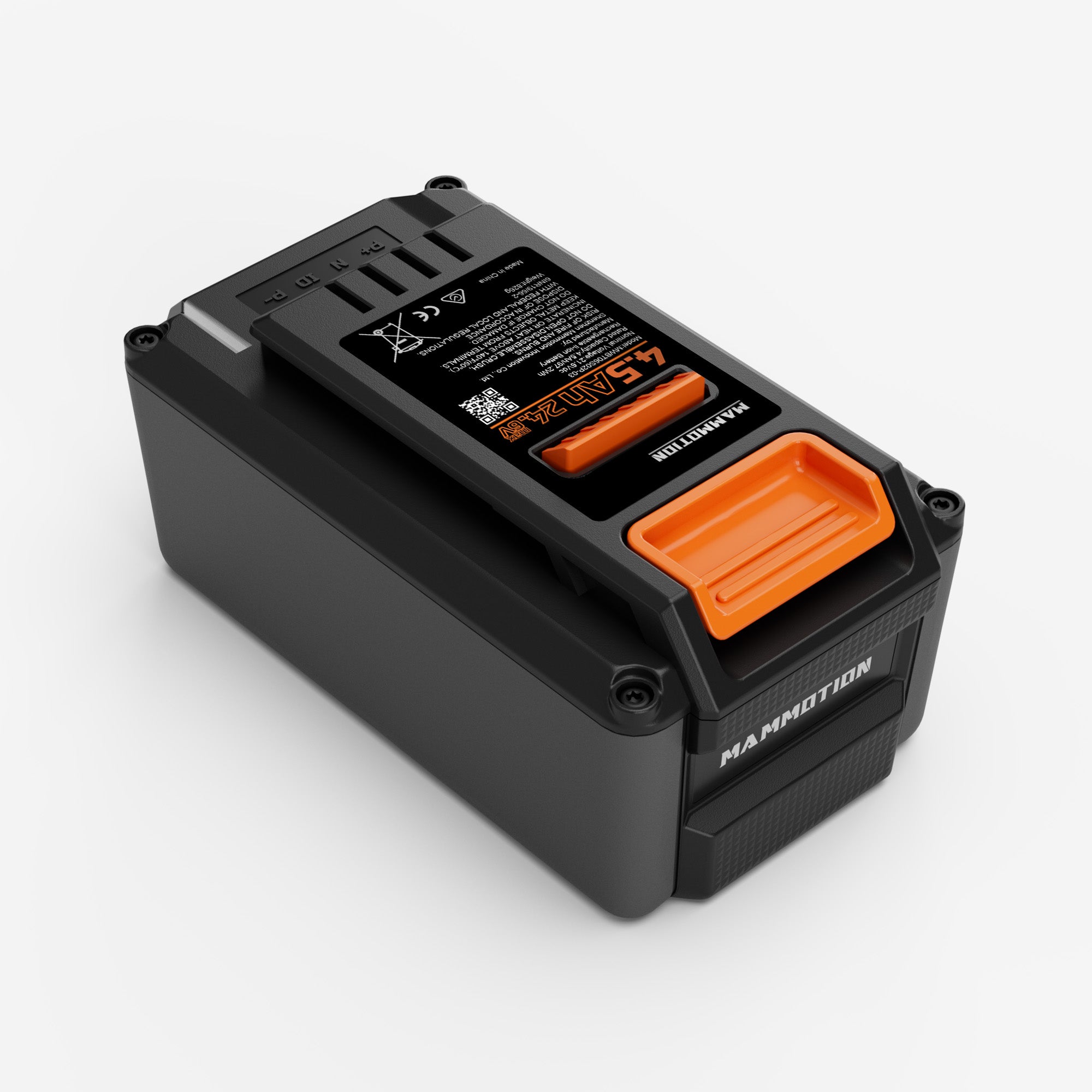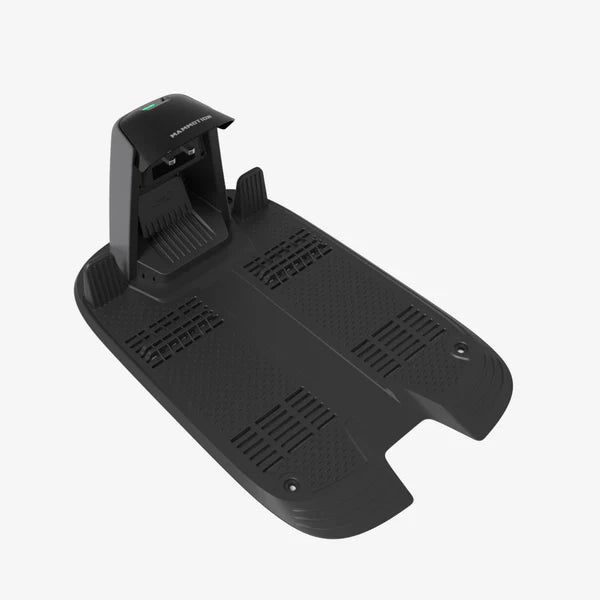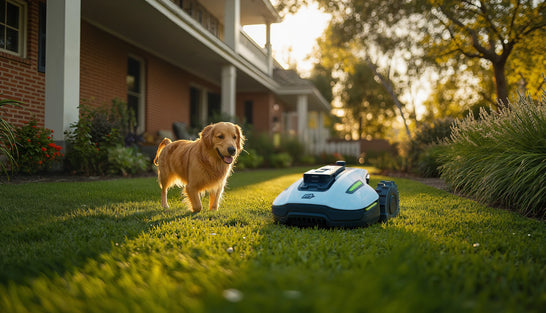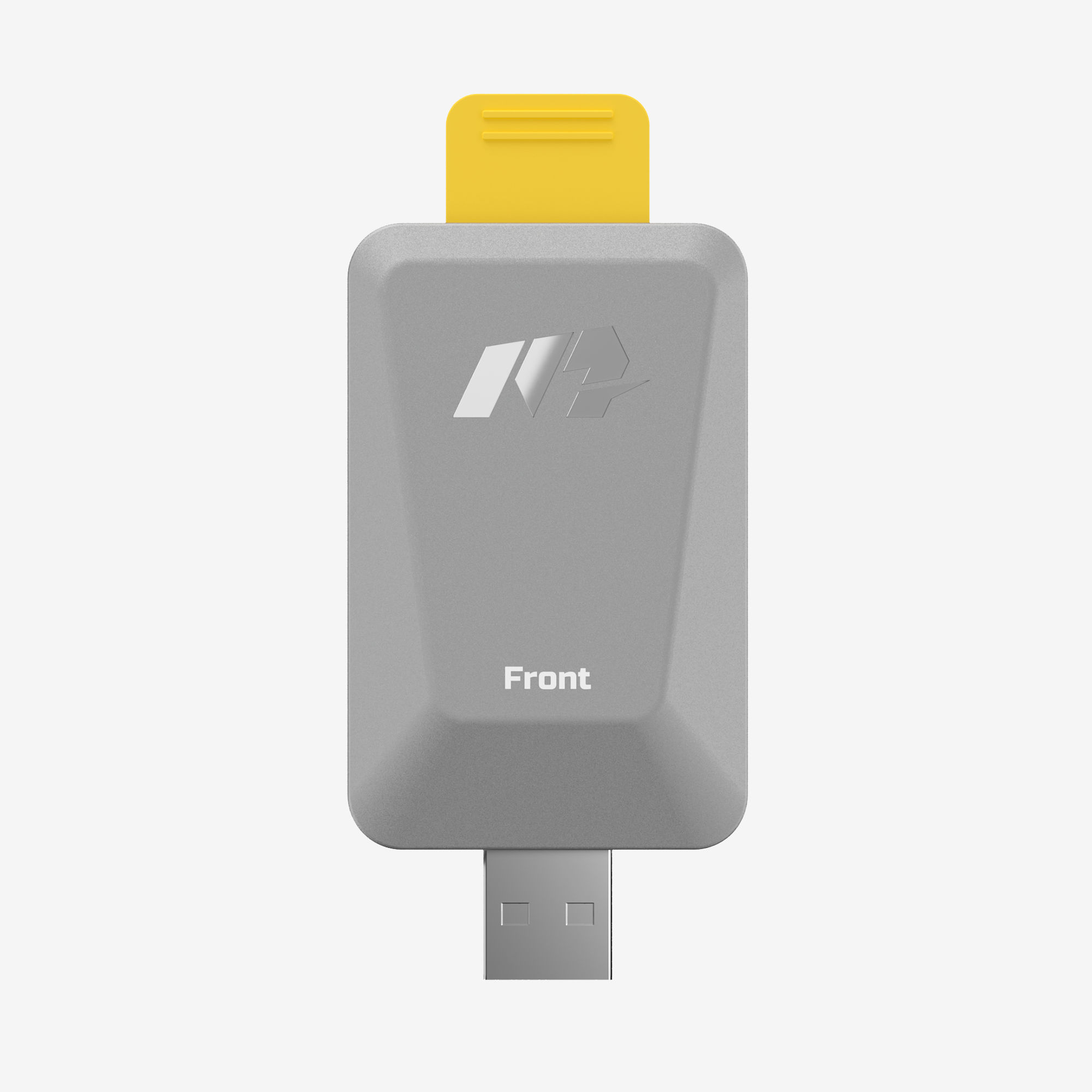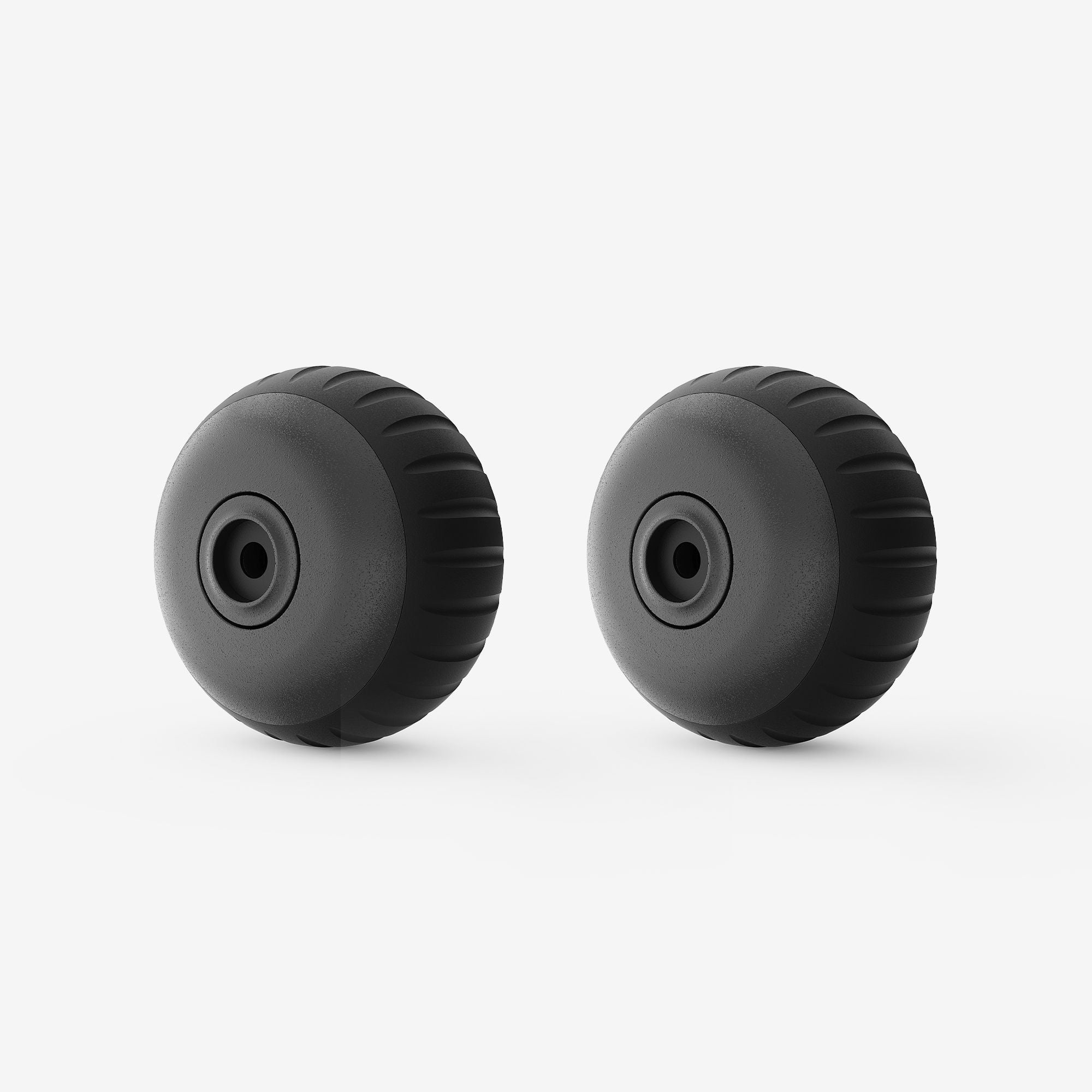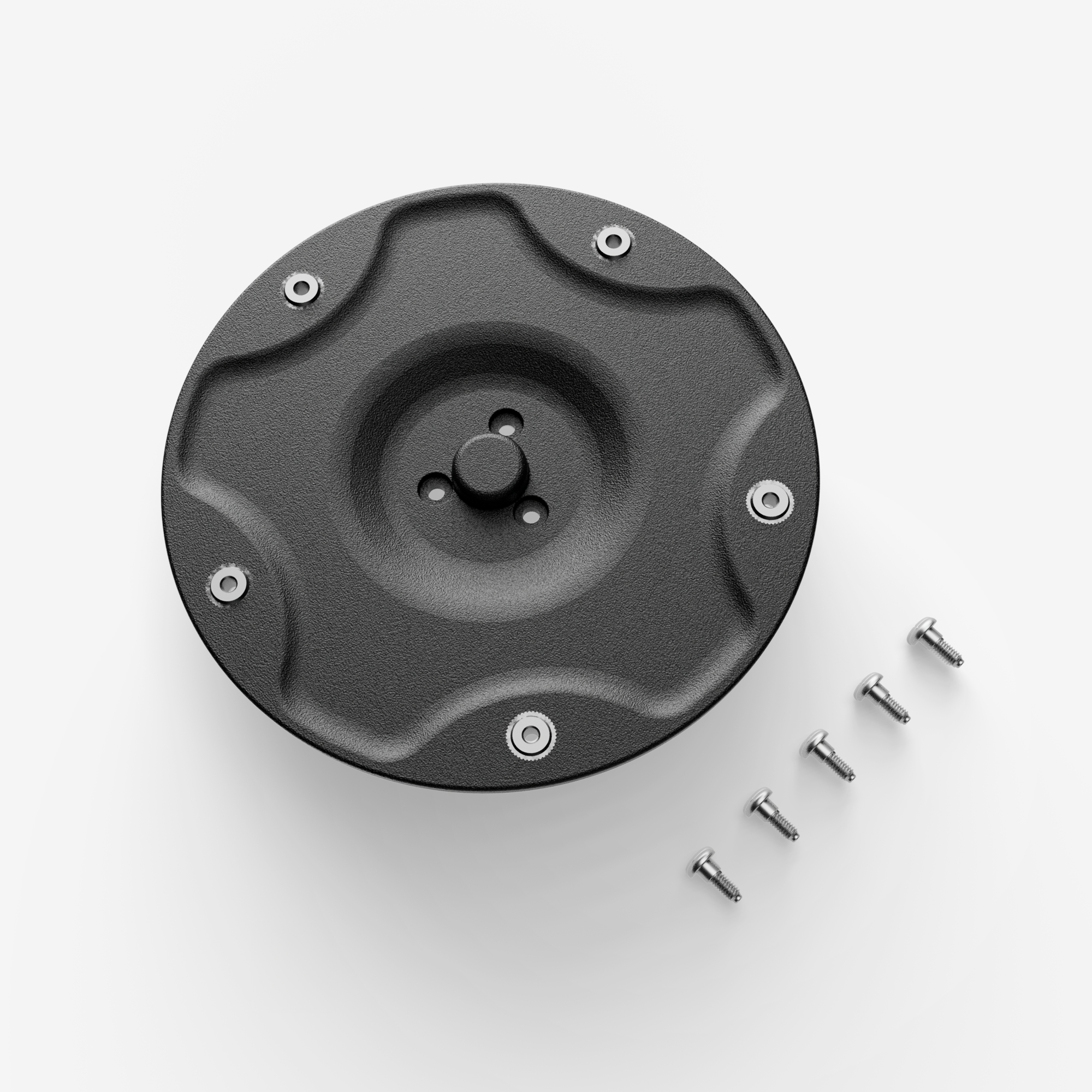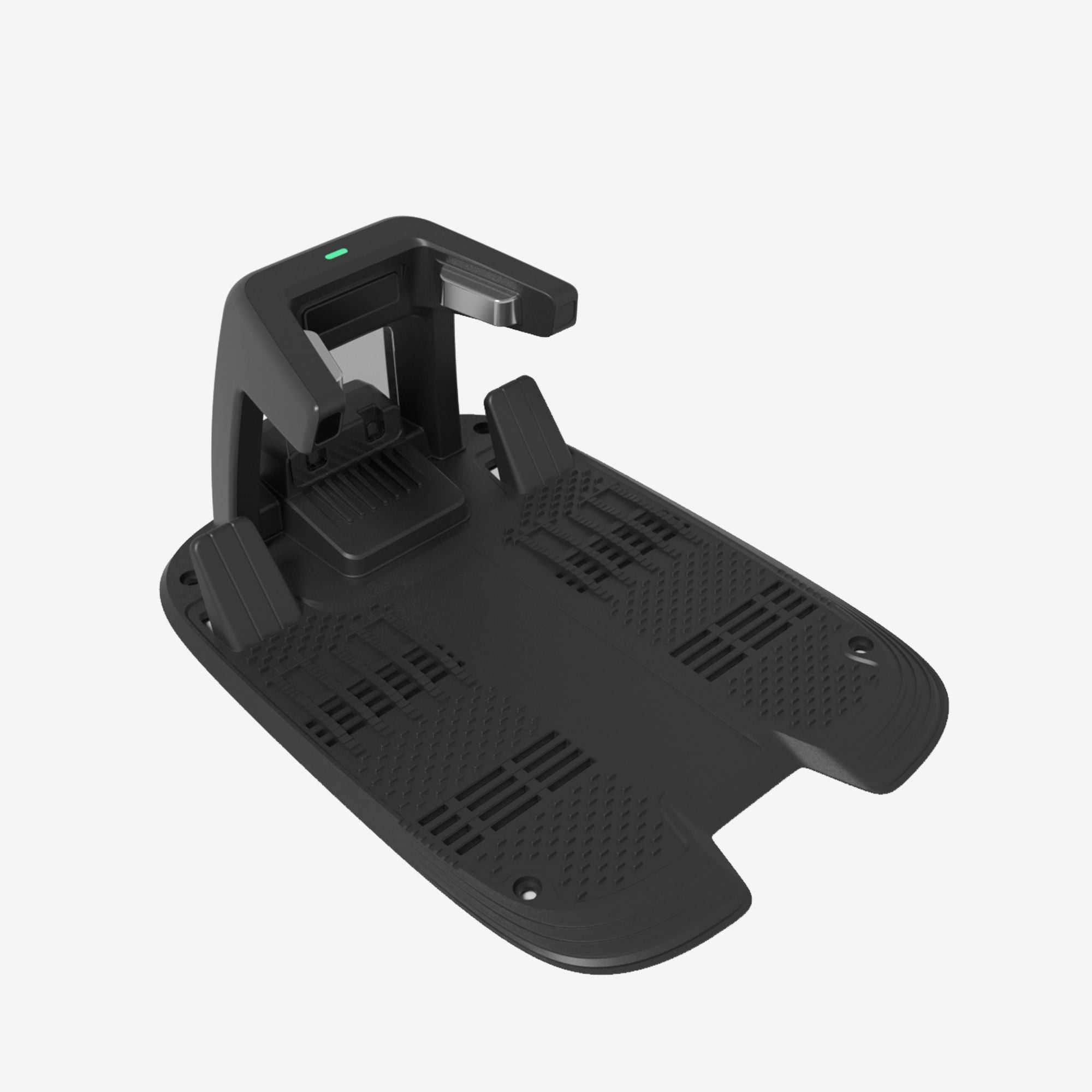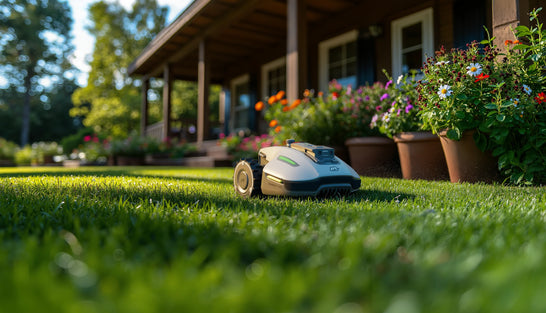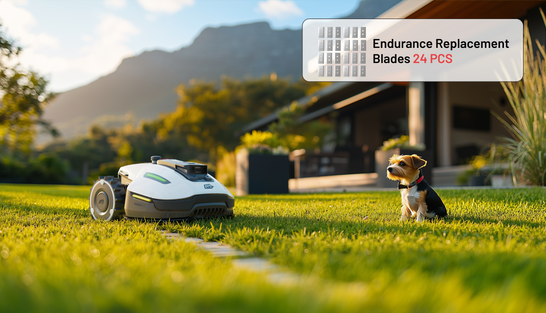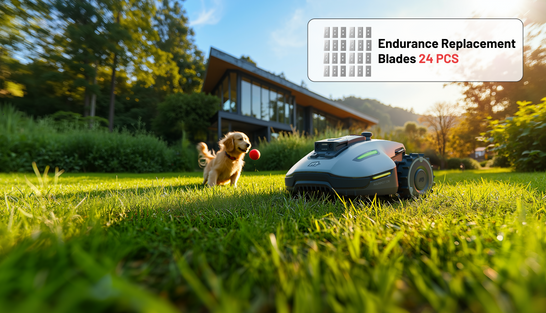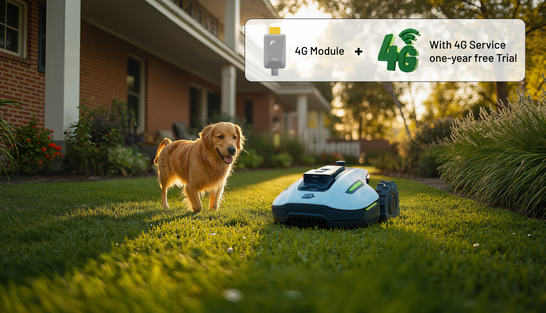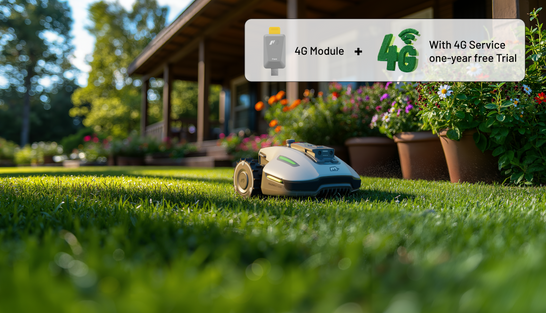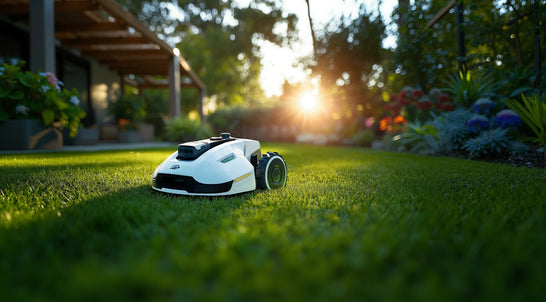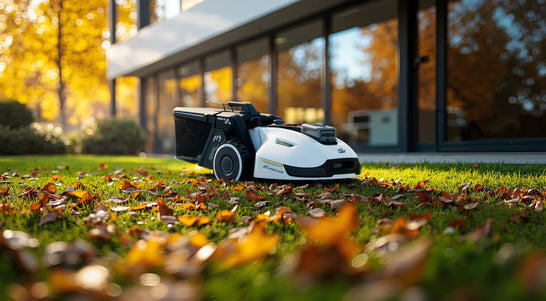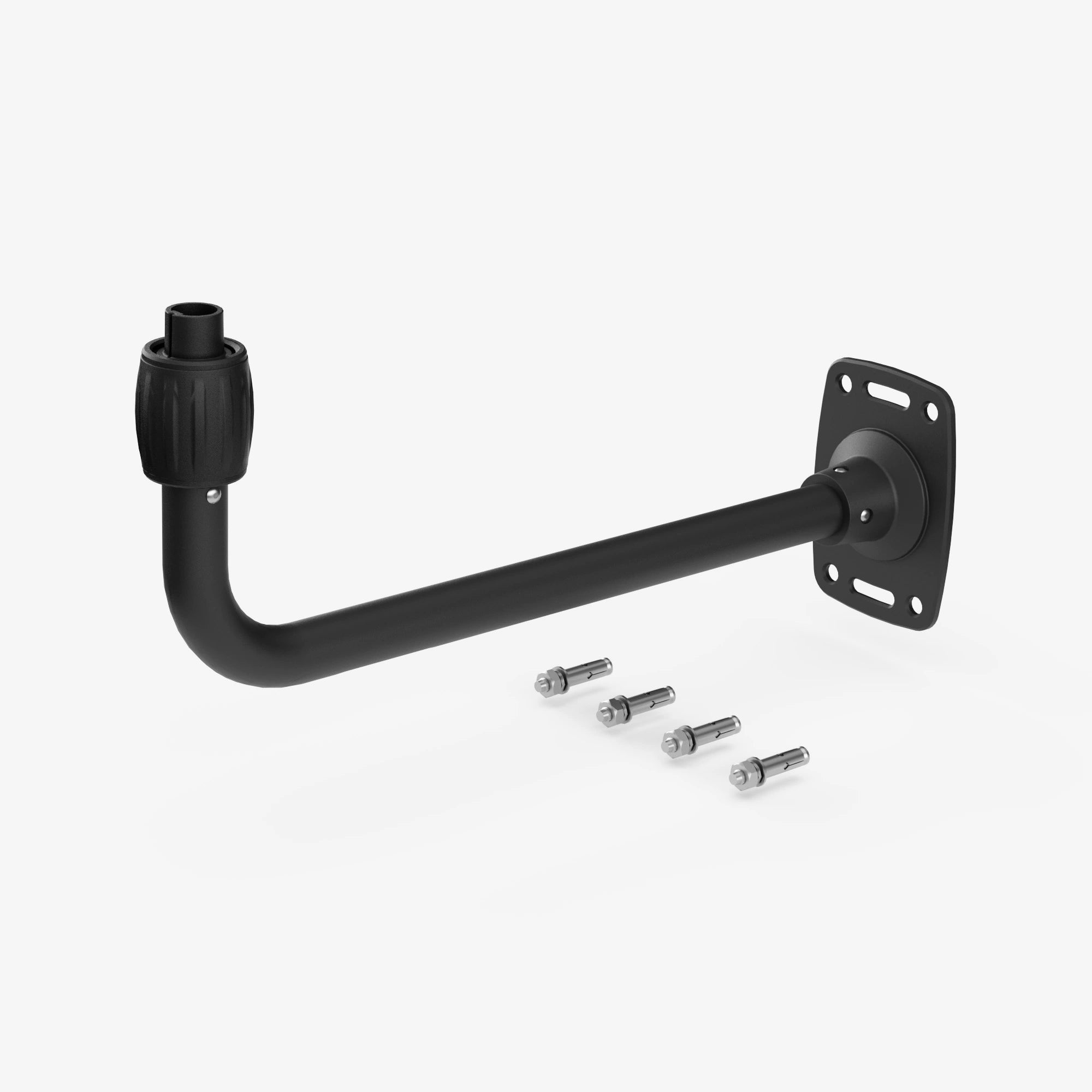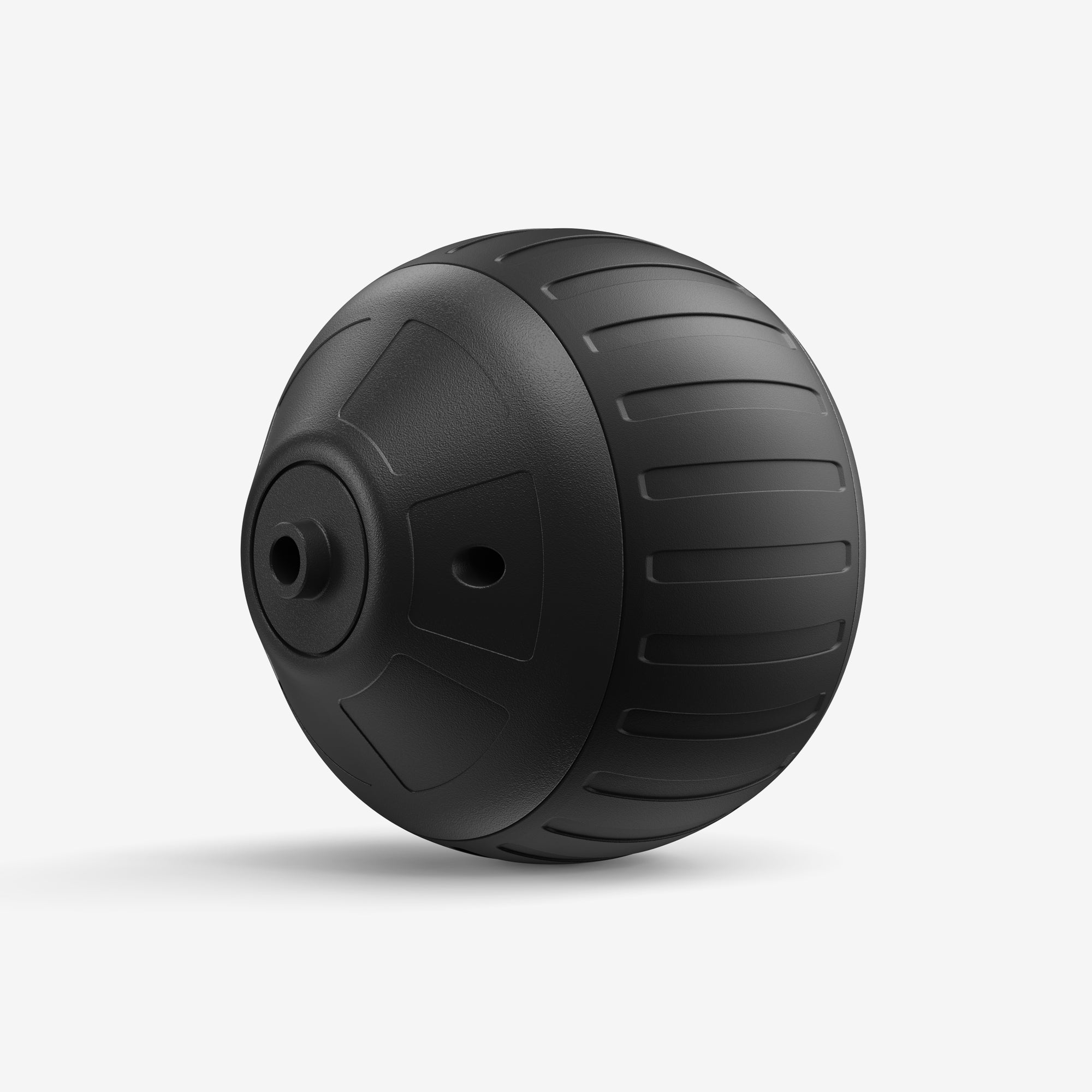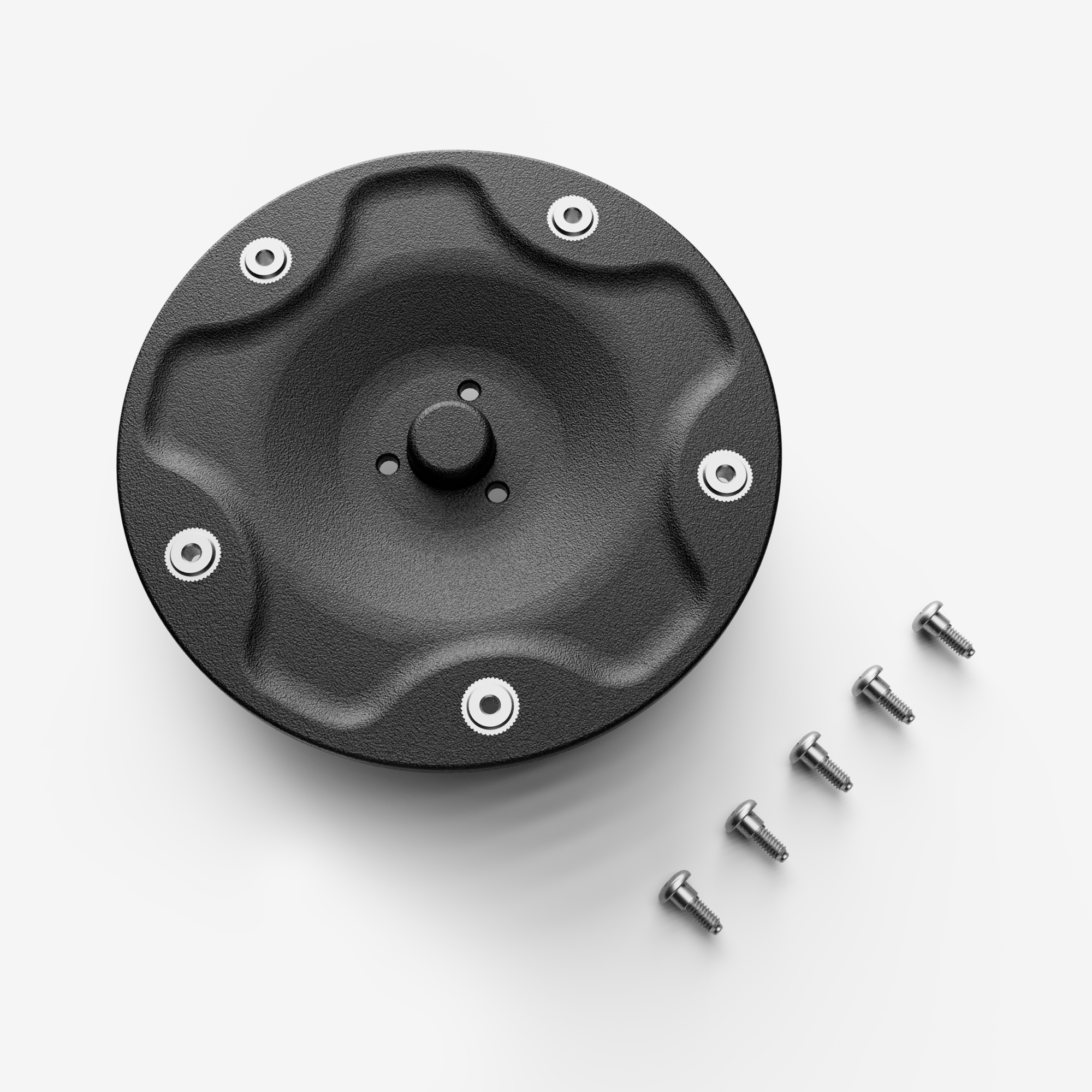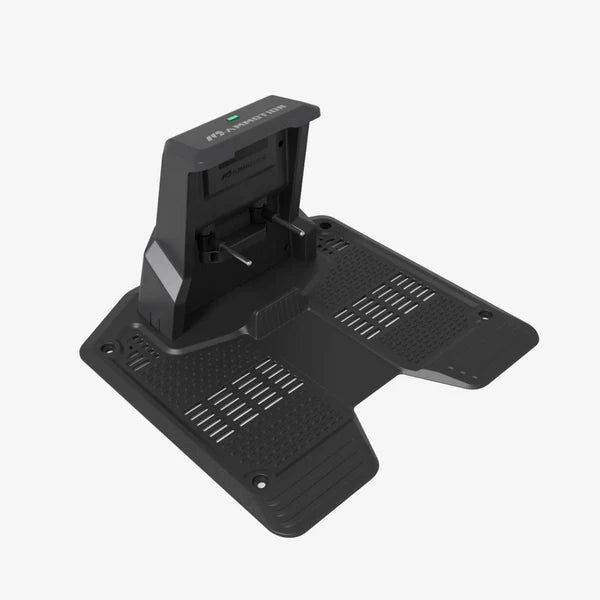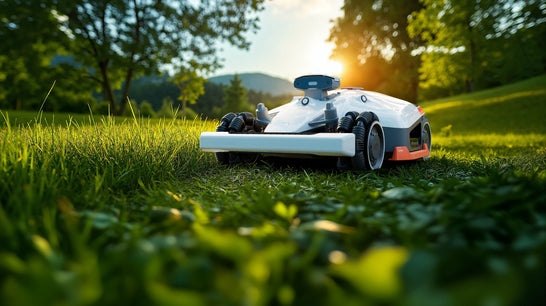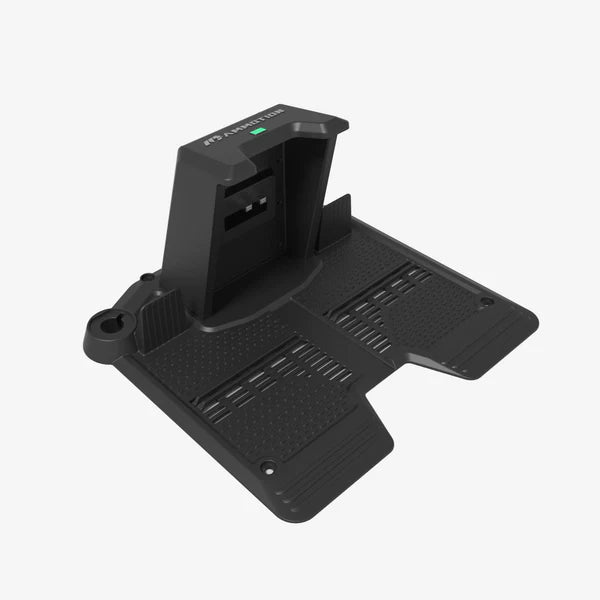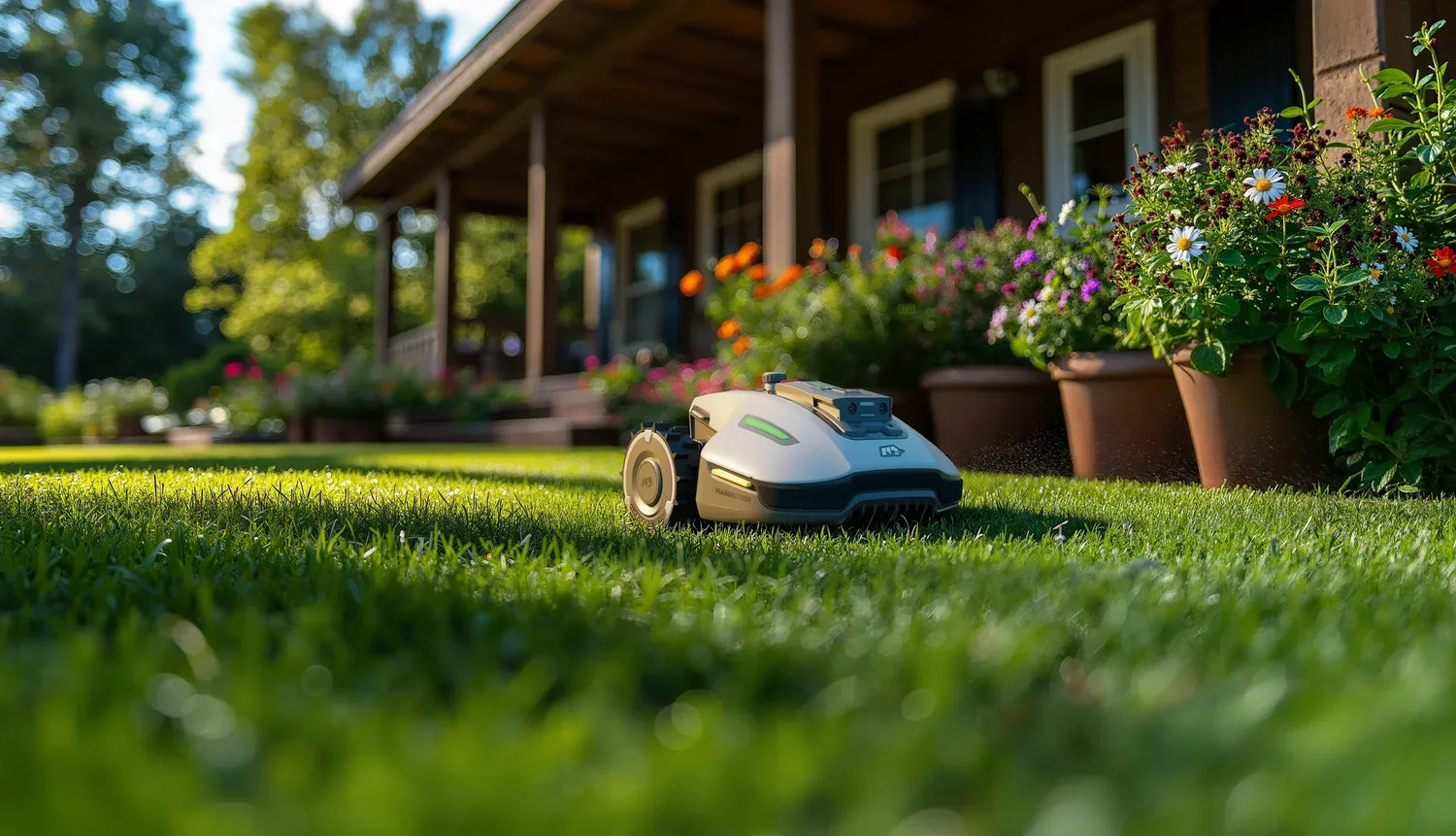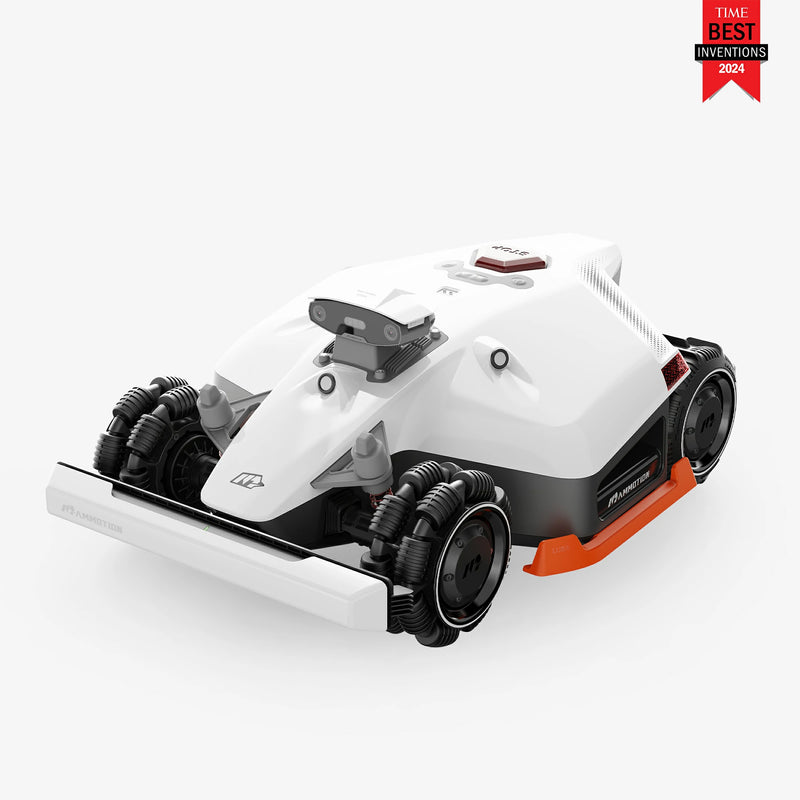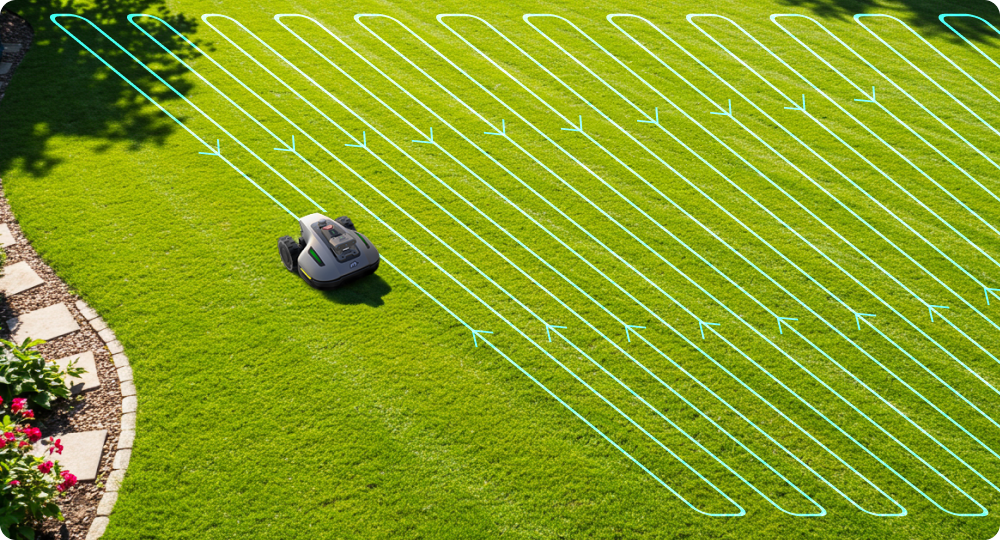Introduction: Why Understanding the Downsides Matters
Robotic lawn mowers are no longer just a futuristic gadget—they’ve become a serious option for American homeowners looking to simplify yard care. From busy professionals in suburban neighborhoods to retirees who’d rather spend weekends relaxing than mowing, the appeal is clear: set up a schedule, and the mower quietly trims your grass without pushing, pulling, or dealing with gas cans.
But while the convenience is undeniable, robotic mowers aren’t a one-size-fits-all solution. Their limitations—ranging from steep upfront costs to struggles with hilly or irregular lawns—can make them less practical for certain households. For example, a robotic mower that works flawlessly on a flat Florida lawn may perform poorly on a sloped yard in Pennsylvania or a rocky property in Colorado.
That’s why it’s important to look beyond the marketing claims. In this guide, I’ll break down the six key disadvantages of robotic lawn mowers, drawing on real-world U.S. conditions, ownership costs, and safety considerations. By the end, you’ll have a clear sense of whether a robotic mower is a smart investment for your property—or whether a traditional mower may still serve you better.
Disadvantage #1: High Initial Cost & Total Ownership
One of the most common hurdles for robotic lawn mower buyers is the upfront investment. Unlike a basic push mower that might cost under $300, entry-level robotic mowers typically start around $500, while premium, feature-rich models can exceed $3,000. For many homeowners, this price can feel steep—especially if your lawn is small or relatively simple to maintain.
But the cost story doesn’t stop at the purchase price. Owning a robotic mower comes with ongoing expenses that are easy to overlook:
- Battery replacements every 2–3 years for most lithium-ion models.
- Blade replacements to maintain cutting efficiency.
- Software updates or occasional repairs, often requiring manufacturer service.
- Installation materials, including boundary wires, stakes, or dedicated charging stations.
To put it in perspective, here’s a five-year cost comparison for a typical suburban U.S. lawn (0.5–1 acre):
|
Mower Type |
Initial Cost |
Maintenance / Parts |
Total 5-Year Cost |
|
Push Mower (Gas) |
$250–$300 |
$100–$150 |
$350–$450 |
|
Electric Corded Mower |
$200–$400 |
$50–$100 |
$250–$500 |
|
Robotic Mower (Entry) |
$500–$1,200 |
$200–$400 |
$700–$1,600 |
|
Robotic Mower (Premium) |
$3,000–$5,000 |
$400–$700 |
$3,400–$5,700 |
Expert Tip: Robotic mowers tend to be worth the investment if you:
- Have a medium-to-large yard that demands frequent mowing.
- Value time savings and convenience over upfront cost.
- Plan to keep the mower for several years, offsetting maintenance and battery expenses against traditional mowing labor or equipment wear.
For smaller properties or households on a tighter budget, a robotic mower may not provide enough ROI compared to a conventional push or electric mower. Understanding the total cost of ownership upfront is essential to avoid buyer’s remorse.

Disadvantage #2: Battery Life & Charging Time
Another key limitation of robotic lawn mowers is their battery capacity and recharge requirements. Most entry-level models offer 60–90 minutes of mowing per charge, which can be insufficient for larger lawns. Even some mid-range models may need to return to their charging station multiple times to complete a single mowing session, stretching what would be a 30–45 minute push mower job into several hours.
Premium models now advertise 3–4 hours of runtime, but these often come with a much higher price tag, adding to the total ownership cost. Additionally, battery life naturally degrades over time, meaning that a mower that initially handles your 0.75-acre lawn efficiently may struggle a few years down the line.
Charging time of robotic mowers is another factor to consider. Depending on the model, a full recharge can take 1–3 hours, creating downtime that may interrupt your mowing schedule—especially in regions where grass grows quickly. For instance, in the southern U.S., warm-season grasses like Bermuda or Zoysia can require more frequent mowing during summer months, testing a mower’s battery limits.
Pro Tip for U.S. Homeowners:
- Check the mower’s runtime vs. your lawn size before purchasing.
- Consider models with multi-zone or scheduling capabilities, which allow the mower to mow in sections and recharge automatically.
- If you have a large or complex yard, opting for a premium model with extended battery life can prevent frustration and maintain consistent lawn care.
While improvements in smart scheduling and app-based monitoring have made robotic mowers more efficient, battery limitations remain one of the most common complaints among U.S. users seeking a truly hands-off mowing experience.
Disadvantage #3: Terrain Limitations
Not all lawns are flat, square, or free of obstacles—and this is where many robotic lawn mowers face their biggest challenge. While most models handle gentle slopes and open spaces, uneven terrain, tree roots, flower beds, and tight corners can pose real problems.
Common issues include:
- Losing traction or stopping on steep inclines (usually above 20–25%).
- Getting stuck in narrow pathways or around landscaping features.
- Missing irregular patches, leaving you with uneven grass that requires manual touch-ups.
Even with perimeter wires or GPS-assisted navigation, many robotic mowers struggle to achieve precise cutting along curved borders or dense landscaping. For homeowners with complex yard layouts—common in suburban Northeast or Midwest properties—this can quickly become frustrating.
Advanced solutions: AWD robotic mowers
- All-wheel drive (AWD) for better traction on slopes and wet ground (like Mammotion LUBA 2 AWD robot lawn mower can slope 80%).
- Multi-sensor navigation that detects obstacles and adapts paths.
- Zero-edge cutting for lawns with irregular borders.
U.S. Example: A hilly yard in Colorado or Oregon may require a robotic mower with AWD and advanced sensors to mow efficiently, while a flat suburban lawn in Texas may perform fine with a mid-range model.
Expert Tip:
- Evaluate your lawn’s slope, obstacles, and layout before purchasing.
- Consider models specifically marketed for all-terrain capability if your property has hills, narrow passages, or cluttered areas.
- Combining terrain-optimized mowers with smart scheduling can reduce manual interventions and improve mowing consistency.
Even the most advanced robotic mowers are not perfect for extreme slopes or highly irregular landscapes, so matching your mower to your yard’s terrain is critical for a satisfying experience.
Disadvantage #4: Maintenance & Repairs
Robotic lawn mowers are often marketed as low-maintenance, but “low” does not mean no maintenance. To keep your mower running reliably, regular attention is still required—especially for U.S. homeowners with year-round or high-growth lawns.
Routine maintenance includes:
- Cleaning blades and undercarriage to prevent grass buildup.
- Checking wheels and sensors for debris, dirt, or wear.
- Monitoring battery health to avoid premature failure.
Neglecting these tasks can lead to reduced performance or even breakdowns. Unlike traditional gas or electric mowers, robotic mowers incorporate software systems, electronic sensors, and proprietary parts, which makes some repairs more complex and costly.
Challenges for U.S. users:
- Replacement parts may not be readily available locally. Shipping delays can extend downtime.
- Professional servicing may be required for issues like navigation errors, faulty charging docks, or internal electronics—especially in less urban areas.
- Harsh weather conditions, like snowy winters in the Midwest or humid summers in the Southeast, can accelerate wear on components if the mower is not properly maintained.
Expert Tip:
Before buying, evaluate the brand’s support network:
- Look for at least a 2-year warranty.
- Ensure replacement parts are easy to obtain.
- Check for local service centers or remote diagnostic support.
Choosing a reputable manufacturer with strong after-sales service can make a significant difference in long-term satisfaction and minimize the frustration of unexpected repairs.
Disadvantage #5: Weather Sensitivity
Robotic lawn mowers are more vulnerable to weather than traditional gas or electric mowers. Most standard models are not designed to operate efficiently on wet grass, muddy terrain, or during extreme temperatures, which can limit their usability in many U.S. regions.
Common weather-related issues include:
- Clogged blades that reduce cutting efficiency.
- Slipping or getting stuck on wet or uneven surfaces.
- Accelerated wear on wheels, electronics, and mechanical components when exposed to prolonged rain or intense sunlight.
U.S. examples:
- In the Pacific Northwest, frequent rain may require scheduling adjustments or models with rain sensors.
- In the Southeast, humid summers and heavy growth of warm-season grasses like Bermuda or Zoysia can challenge mower performance and battery life.
- In the Midwest, snow and frozen ground during winter can prevent any use, meaning storage and seasonal maintenance are essential.
Advanced solutions:
- IPX5 or IPX6 waterproof ratings help prevent water damage.
- Rain sensors can automatically delay mowing during wet conditions.
- App-based scheduling can adapt mowing sessions based on local weather forecasts.
Expert Tip:
If you live in a region with unpredictable weather or frequent rain, choose a robotic mower with robust waterproofing, automated weather detection, and flexible scheduling. This will ensure more reliable performance and reduce maintenance issues caused by exposure to the elements.
Disadvantage #6: Safety & Security Concerns
While robotic lawn mowers come with built-in safety features, they are not completely risk-free. Homeowners with children, pets, or unfenced yards should be especially mindful.
Operating safety risks:
- Small pets may not always be detected by sensors, creating a minor risk of injury.
- Children interfering with a running mower could be harmed if sensors are dirty or malfunction.
- Lifting, tipping, or unusual terrain can trigger errors, but occasional manual intervention may still be necessary.
Theft and tampering:
Robotic mowers are high-value devices and can attract theft, particularly in front yards without fences. Anti-theft measures vary by model:
- PIN codes to lock the mower.
- Geofencing to prevent movement outside a designated area.
- GPS tracking for locating stolen units.
U.S. homeowner example: In suburban neighborhoods where street-front lawns are common, units without strong anti-theft features can be stolen or tampered with, creating both financial loss and safety risks.
Expert Tip:
- Operate your mower during times when pets and children are indoors.
- Regularly inspect sensors and emergency shut-off functions.
- Choose a model with AI-based object detection, multi-layer safety modes, and advanced theft protection to minimize risk.
While robotic mowers are generally safe when used as directed, careful setup, ongoing monitoring, and choosing a model with robust safety/security features are key to peace of mind.
Are Robotic Lawn Mowers Worth It? (Balanced Expert Take)
After exploring the main disadvantages, the question remains: are robotic lawn mowers worth the investment? The answer depends heavily on your specific lawn, budget, and lifestyle.
When robotic mowers make sense:
- Busy homeowners who value hands-free lawn care and consistent mowing schedules.
- Medium-to-large yards that require frequent mowing.
- Tech-savvy users who are comfortable with app-based controls and smart scheduling.
- Lawns with moderate terrain, where advanced models with AWD and sensor navigation can perform reliably.
When traditional mowers may still be better:
- Steep or highly irregular yards that challenge most robotic models.
- Small lawns where the time and cost savings are minimal.
- Tight budgets, as entry-level robotic mowers still cost significantly more than push or electric alternatives.
- Regions with extreme or unpredictable weather, unless you invest in premium weather-resistant models.
Key considerations for U.S. homeowners:
- Lawn size & complexity: Large, flat lawns benefit most; hilly or cluttered yards may require premium solutions.
- Local climate: Rain, snow, and seasonal growth patterns affect performance and maintenance.
- Budget & long-term costs: Factor in batteries, blades, repairs, and potential service fees.
- Safety & security: Consider pets, children, and theft risks, especially in suburban neighborhoods.
Expert Takeaway:
Robotic lawn mowers can be a game-changer for the right homeowner, delivering convenience, consistent results, and long-term time savings. However, they are not a universal solution. Evaluating your property, local conditions, and maintenance willingness is essential to determine if the investment makes sense.
Expert Recommendations: Choosing the Right Robotic Mower
For homeowners ready to invest in a robotic lawn mower, choosing the right model is key to overcoming the common disadvantages we’ve discussed. Below are expert-approved options that balance performance, safety, and reliability for U.S. lawns:
|
Model |
Best For |
Key Features |
Approx. U.S. Price |
|
Mammotion LUBA 2 AWD |
Complex or hilly yards |
All-wheel drive, multi-sensor navigation, zero-edge cutting |
$2,200–$3,500 |
|
Husqvarna Automower 435X AWD |
Reliability & precision |
AWD, GPS-assisted navigation, smart scheduling, theft protection |
$4,000–$5,500 |
|
Worx Landroid Vision |
Budget-friendly with smart features |
App control, object detection, modular upgrades |
$800–$1,200 |
|
Mammotion LUBA mini AWD |
small lawns with uneven terrain |
80% slope, weather-resistant, app control |
$1,400–$2,000 |
Expert Tips for Choosing the Right Model:
- Match your lawn’s terrain: AWD and multi-sensor navigation are essential for slopes or obstacles.
- Consider weather exposure: Look for waterproof ratings, rain sensors, and app-based scheduling for regions with unpredictable conditions.
- Factor in security features: GPS tracking, PIN codes, and geofencing reduce theft risk, especially in unfenced neighborhoods.
- Evaluate long-term costs: Check battery replacement intervals, warranty coverage, and availability of service centers in your area.
Bottom line: There isn’t a one-size-fits-all mower, but selecting a model based on your yard’s complexity, climate, and usage patterns ensures a better return on investment and a more reliable, hassle-free experience.
Conclusion: Making the Right Choice for Your Lawn
Robotic lawn mowers offer a glimpse into the future of hands-free yard care, but they come with trade-offs. As we’ve explored, high upfront costs, battery limitations, terrain challenges, maintenance needs, weather sensitivity, and safety concerns can all impact your experience.
For U.S. homeowners weighing their options, the best approach is to match the mower to your lawn, lifestyle, and budget. If you’re ready to explore robotic mowers further, check out our in-depth guides on top all-terrain mowers for hilly yards and budget-friendly robotic mowers for small lawns to find the right fit.
Expert takeaway: Robotic mowers are not for every property—but with careful selection and proper use, they can transform your lawn care routine and give you back valuable time without sacrificing quality.
Frequently Asked Questions
1. Are robotic lawn mowers worth the money?
Robotic mowers can be worth the investment for homeowners with medium-to-large yards, busy schedules, or a desire for hands-free maintenance. They save time and provide consistent results, but the upfront cost and ongoing battery or maintenance expenses should be considered.
2. Can robotic mowers handle steep hills?
Most standard robotic mowers work on slopes up to 20–25%, but steeper terrain may require AWD models with advanced sensors. Always check the manufacturer’s specifications against your yard’s slope before purchasing.
3. How long do robotic mower batteries last?
Entry-level models typically run 60–90 minutes per charge, while premium units may offer 3–4 hours. Batteries usually need replacement every 2–3 years, depending on usage and climate conditions.
4. Do robotic mowers work in the rain?
Standard models often struggle with wet grass or muddy ground. Look for IPX5/IPX6 waterproof ratings or mowers with rain sensors that automatically delay mowing to protect the mower and maintain cutting quality.
5. Are robotic lawn mowers safe for pets and kids?
Robotic mowers are generally safe when properly used, featuring collision sensors, lift detection, and emergency shut-off. However, small pets or children should not be left near an operating mower. Models with AI object detection and robust safety features offer extra protection.
6. How can I prevent my robotic mower from being stolen?
Theft prevention features vary by model. Options include PIN code locks, geofencing, GPS tracking, and alerts via mobile apps. For street-facing or unfenced yards, choose a mower with multiple anti-theft layers.

